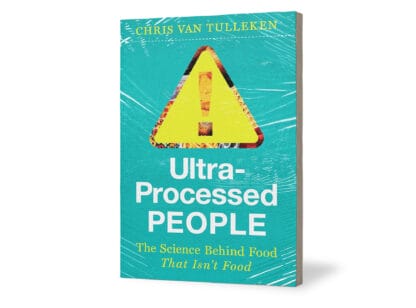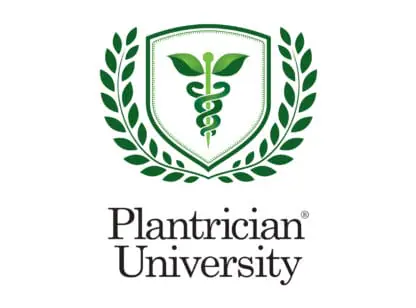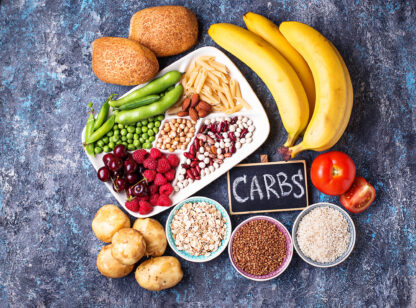The “Dietary Guidelines for Americans” are revised every five years to fulfill a mission of identifying foods and beverages that support Americans in achieving and maintaining a healthy weight, promoting health and preventing disease. The 2015 Guidelines reflect “two fundamental realities. First, about half of all American adults – 117 million individuals – have one or more preventable, chronic diseases, and about two-thirds of U.S. adults – nearly 155 million individuals – are overweight or obese.”
To achieve better health the U.S. population is encouraged to “consume dietary patterns that are rich in vegetables, fruits, whole grains, seafood, legumes, and nuts; moderate in low-and-non-fat dairy products and alcohol (among adults); lower in red and processed meat; and low in sugar-sweetened foods and beverages and refined grains.”
Of particular interest are the following specifics from the Guidelines:
The warnings about dietary cholesterol have been eliminated, as there is no association with ingesting cholesterol and elevation of one’s blood level of cholesterol. The report states, “Cholesterol is not a nutrient of concern for overconsumption.”
The Guidelines recommend keeping trans fat and saturated fat at no more than 10% of one’s daily calories. While the evidence is clear that trans fat is associated with heart disease, there is ample evidence that saturated fat is not. In numerous studies, the content of saturated fat in the diet has no correlation to increasing blood cholesterol or cardiac events.
Extensive review supported a continued recommendation of less than 2,300 mg of dietary sodium per day for the general population. We now know that in some people there is a relationship between sodium and elevated blood pressure, whereas there is a significant part of the population who is not “salt sensitive.” In addition, the use of natural salts such as Celtic sea salt or Himalayan salts contain trace levels of minerals that are beneficial for health.
The Guidelines suggest added sugars be reduced in the diet with a maximum of 10 percent of total calories from added sugars per day. They also state that, “At the level that the U.S. population consumes aspartame, it appears to be safe.” While I believe that aspartame should actually be removed from our diets completely, there is at least an acknowledgement in The Guidelines that artificial sweeteners should not be promoted for weight loss.
The Guidelines recommend limiting refined grains which is a major step toward health for most Americans. I believe that starches are the main culprits in our diets becoming imbalanced. Minimizing or eliminating grains has a profound impact on reducing inflammation and disease and so should be considered by anyone seeking health.
The Guidelines conclude that, “It will take concerted, bold actions on the part of individuals, families, communities, industry, and government to achieve and maintain the healthy diet patterns and the levels of physical activity needed to promote the health of the U.S. population. These actions will require a paradigm shift to an environment in which population health is a national priority and where individuals and organizations, private business, and communities work together to achieve a population-wide ‘culture of health’ in which healthy lifestyle choices are easy, accessible, affordable, and normative—both at home and away from home.”
Dr. Brossfield is the medical director at the Eisenhower Wellness Institute and can be reached at (760) 610.3760.
Source: “Scientific Report of the 2015 Dietary Guidelines Advisory Committee.” United States Department of Agriculture, 1 Feb. 2015. Web. 18 June 2015.















































Comments (0)